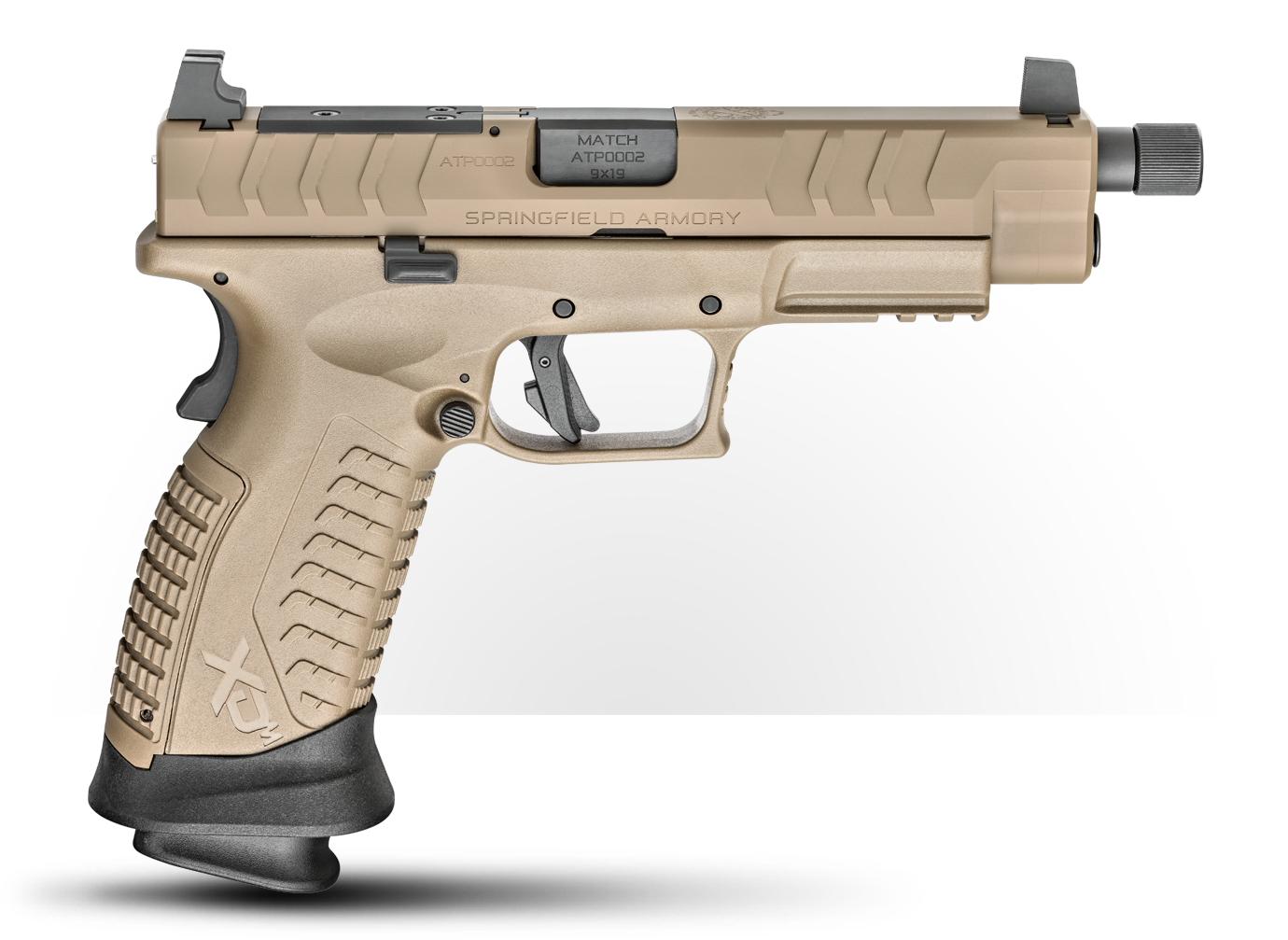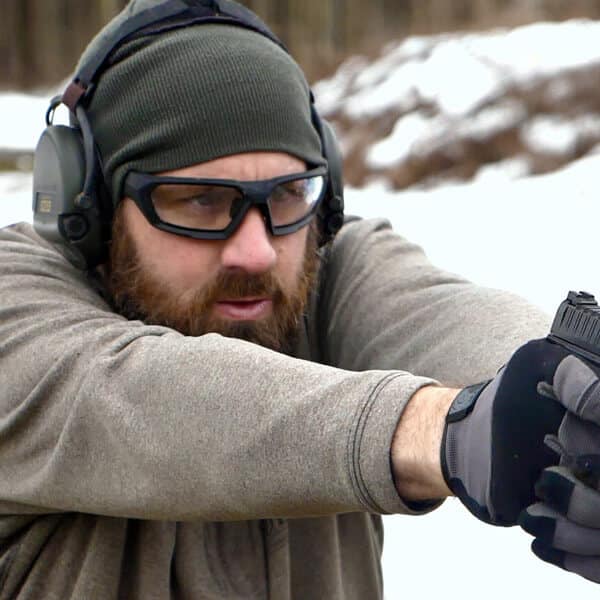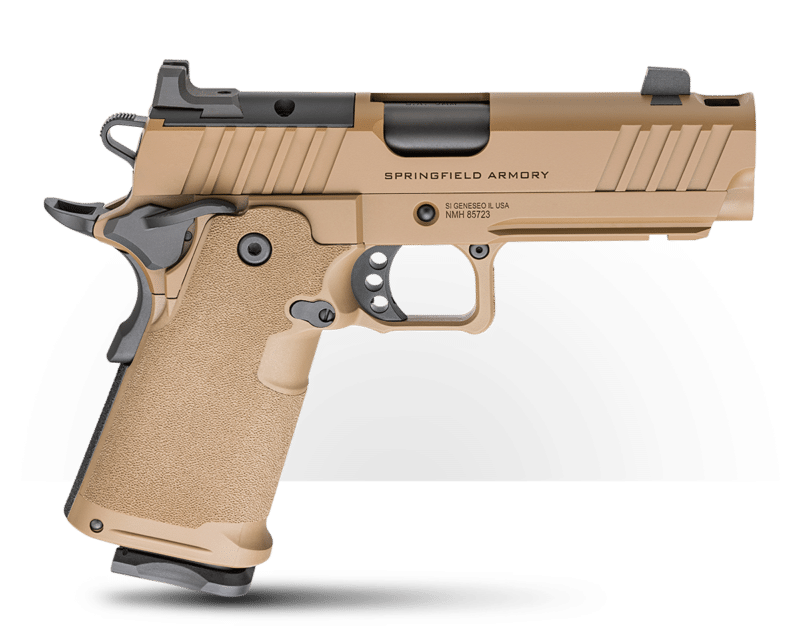Handgun-mounted red dot sights have been around for a long time. I was first exposed to them in the late ’90s mounted on USPSA Open guns. This flat-shooting, compensated, red dot-adorned pistols ran fast when they were running, and Open shooters were most often at the top of the list at the end of the match.
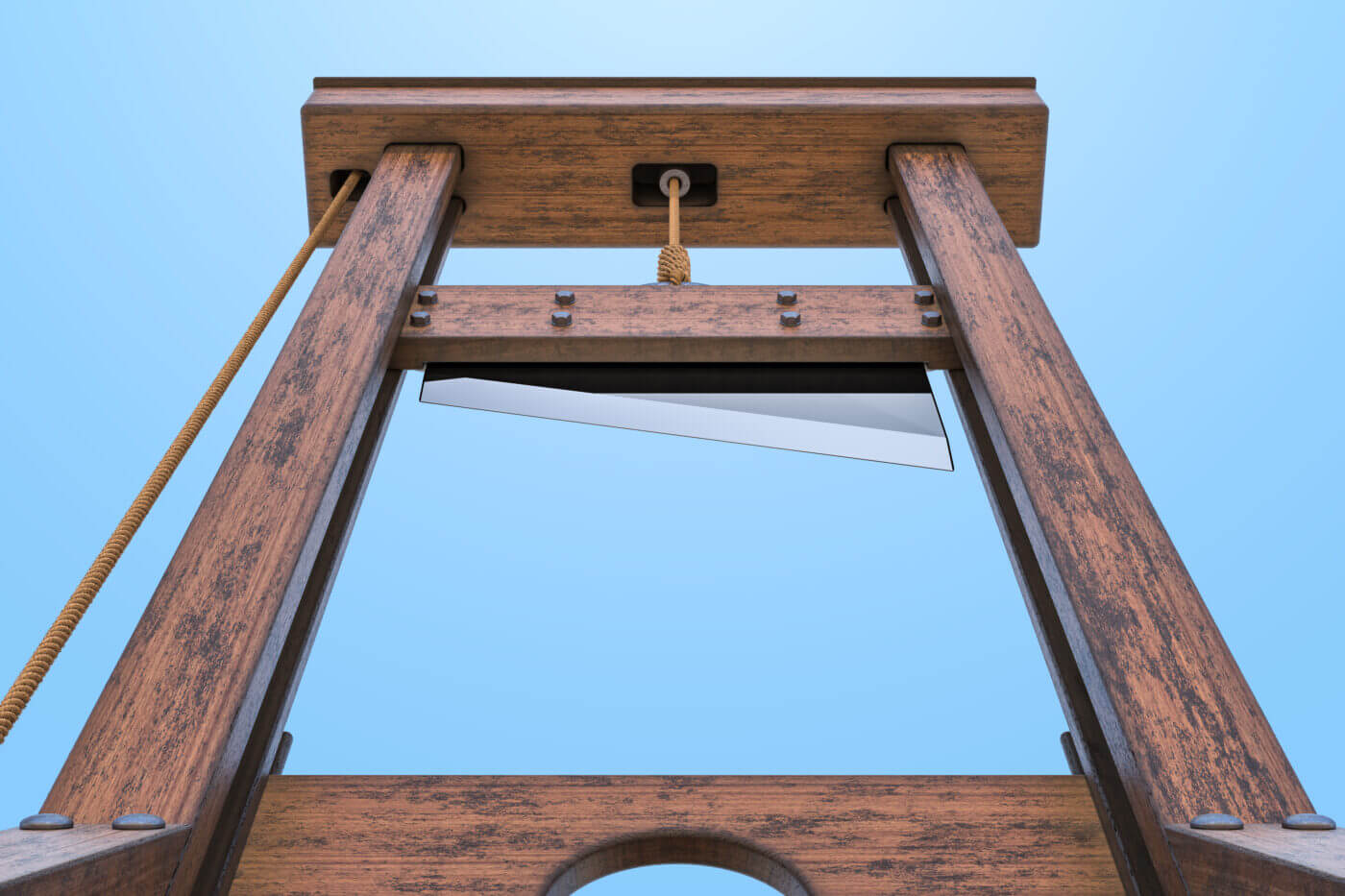
And an interesting thing began to happen. The speed and precision of the dot-mounted guns got the attention of defensive shooters. Bit by bit, over the years red dots found their way onto duty and concealed carry handguns. And here we are today.
Reliability Issues?
Other than cost, the biggest gripe people have had with red dots has often been reliability. Slide-mounted red dots have to be built to really take a beating due to the recoil of the slide. Until the past several years, I think people were probably right to be worried about reliability. But optics from Trijicon have helped lead the way to changing what people think when it comes to durability and reliability of electronic sights. Today’s red dot is very likely to last well beyond the round counts most shooters will log in.
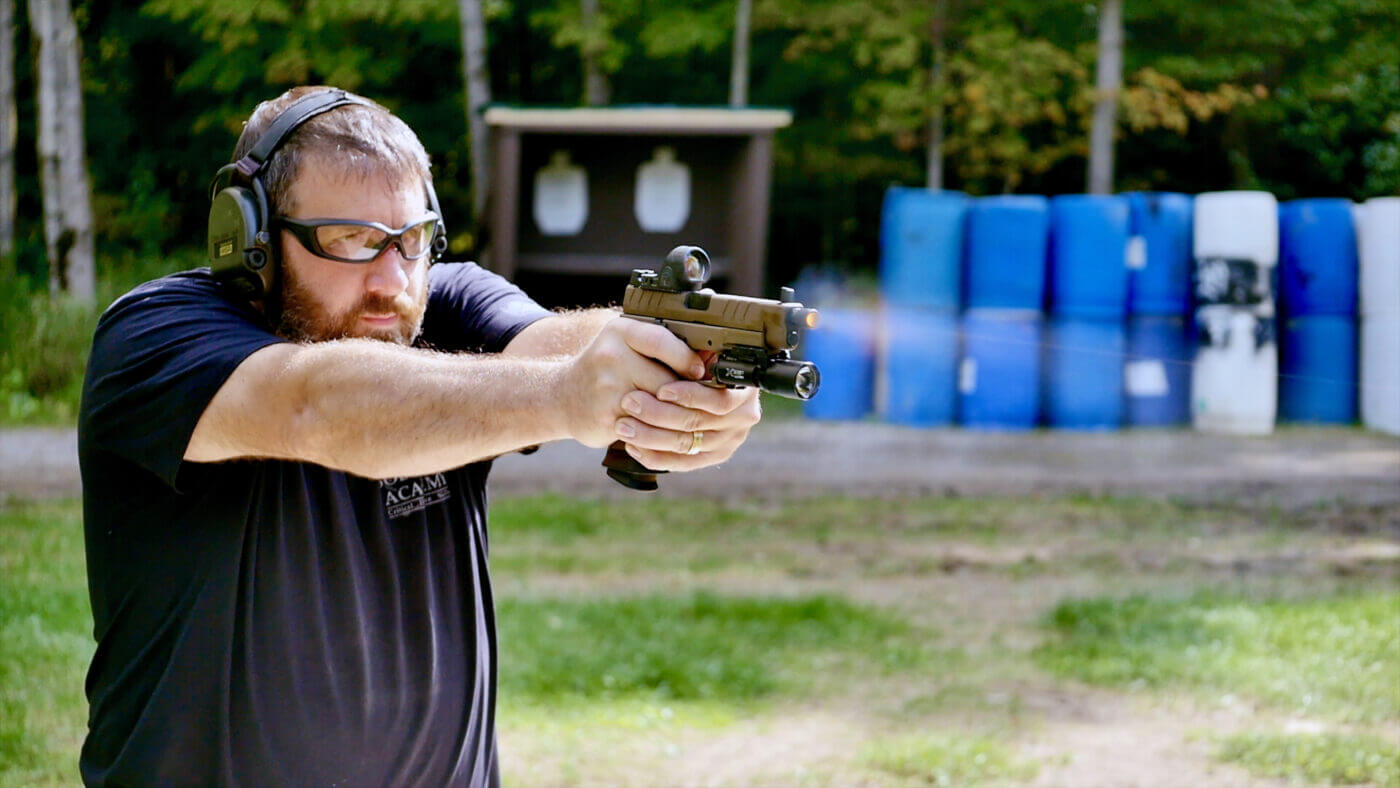
That doesn’t mean failure is a thing of the past, though. There is still the human element aspect of a failure. Ever headed out to the range and drawn your pistol to discover that there is no dot? Batteries don’t replace themselves, some dots have to be turned on, and lenses can get fogged, coated in mud or even shattered.

Failure is always a possibility, and it isn’t just a red dot thing. How many times have you seen a set of irons fail? Ever had a front or rear either just fall off or slide in the dovetail? You need to be prepared for Murphy. Dot or not.
Shooting the Guillotine
I’ve been practicing sighted shooting without my iron sights for quite a while due to the possibility of failure with irons. It’s a simple “metal over meat” sight picture, where you make sure you can’t see the slabs of your slide top or sides.

“Shooting the Guillotine” is very similar, except instead of using the slide as an aiming tool you use the housing of your optic. I was recently trying this out with a Trijicon SRO optic on my XD-M Elite Tactical OSP 9mm out on the range. Simply place the top of the housing on the neck of the target, ensure that the thickness of the housing is fairly equal all the way around, and press the trigger. Rinse and repeat.

How to Practice
When I practice shooting for dot or iron sight failure, I follow a protocol to try and get the most out of my practice. First, start out at 3 yards. Remember, this is a technique that works well in-close. As you get better, work your way back to failure.

Next, start out with your dot visible. Use it as a general guide, but pay particular attention to the housing of your optic. What does it need to look like to get hits? Then, progress to your dot being “off.” Turn it off or remove the battery. Again, put your attention on the dot housing.
Finally, obscure the rear objective. Grab some tape and make it impossible to see through the lens. The alignment of the pistol is the same — you simply have to achieve it with less visual information. When you are shooting confidently at your initial distance, back up and start over again.
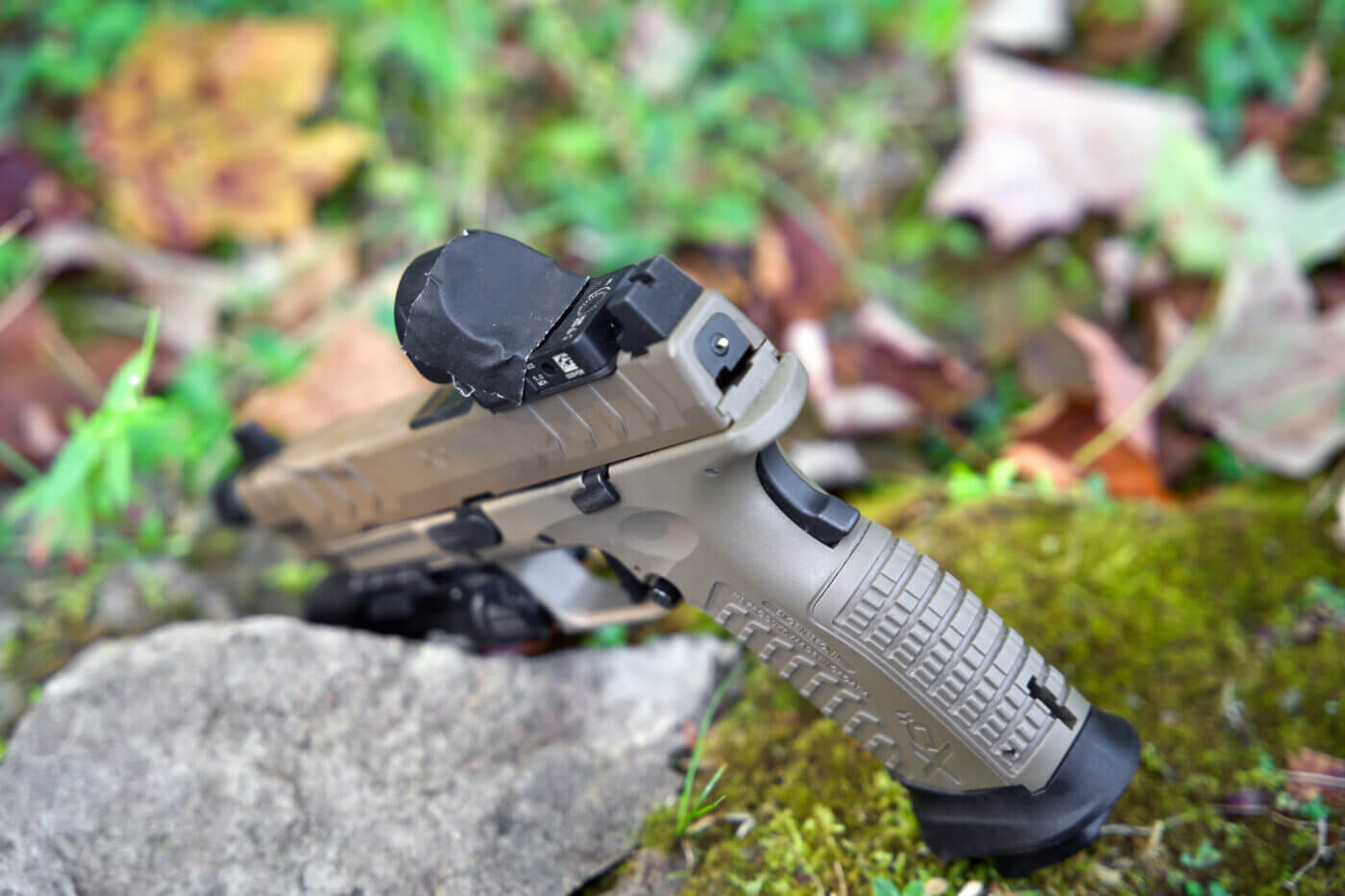
Conclusion
Although the stakes can vary, the gear you run for duty, concealed carry or competition needs to be reliable. But reliable gear isn’t enough. I’ve got a good set of tires on my truck. That doesn’t mean I’ve ditched the spare and the jack to make room for more ammo …
You need to be prepared for failure, both the mechanical kind or the human variety. If you run a dot gun, learning to shoot the guillotine can make the difference between life and death.
Editor’s Note: Please be sure to check out The Armory Life Forum, where you can comment about our daily articles, as well as just talk guns and gear. Click the “Go To Forum Thread” link below to jump in and discuss this article and much more!
Join the Discussion
Featured in this video
Continue Reading
Did you enjoy this video?

 81
81




